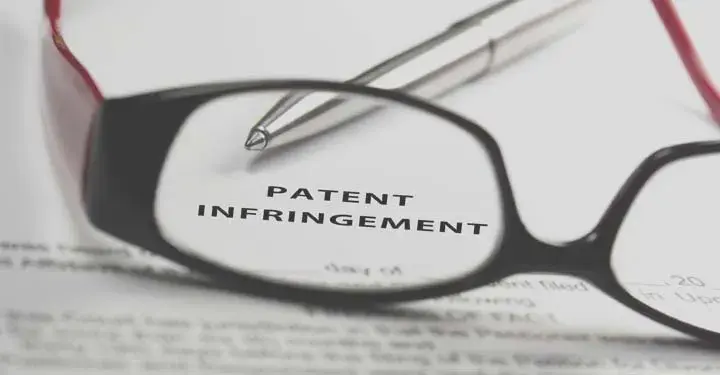
Do you have a patent and think someone is infringing on it? Or are you worried you may be infringing on someone else's patent? Read on to better understand your rights and avoid potentially costly litigation.
Find out more about Patents


by River Braun, J.D.
River Braun was a business attorney in California for over a decade, assisting entrepreneurs on issues such as incorp.
Updated on: July 29, 2024 · 3 min read
Patent infringement comes in a variety of forms, from direct to indirect, willful to induced, and others in between. The key similarity between all of these is the use of a protected idea, design, or device without the patent holder's permission.

Federal law governs and protects patents. The definition of patent infringement can be found in 35 U.S.C. 271(a):
“[W]hoever without authority makes, uses, offers to sell, or sells any patented invention, within the United States or imports into the United States any patented invention during the term of the patent therefor, infringes the patent."
In simpler terms, infringement occurs when someone uses a patent without authorization. Because the term "use" is particularly troublesome in this field of litigation, it is wise to seek the advice of a trained intellectual property attorney before attempting to use someone else's patent without approval.
Patent infringement is not always as clear as you might think. Understanding the different types can help you determine whether your work has been infringed upon.
Like all causes of action, infringement cases have a time limit, also called a statute of limitations, on when you can sue for damages. Patent laws allow plaintiffs to collect damages on up to six years of activity.
Unlike other statutes of limitation, where the countdown clock starts when the harm occurred, such as the typical one-year statute of limitations following a car accident, the clock in a patent infringement case runs backward from the time the case is filed. This means that you could, conceivably, discover someone infringing on your patent and wait to sue them. While this seems counterintuitive, if they are particularly great at marketing, it may be in your best interests to take the ball and run with it. The net effect could be more damages in your pocket.
It is your duty to enforce your patent by keeping a close eye on the market to ensure no one is using your protected work without your permission. If you encounter someone infringing on your work, contact them and demand that they cease the infringing activities and perhaps, if it is in your best interests, offer to negotiate a license.
If you are concerned that you might be infringing on someone else's patent or if you are ready to protect your own intellectual property, consult with an online service provider to discuss your product and its potential for infringement.
Find out more about PatentsThis article is for informational purposes. This content is not legal advice, it is the expression of the author and has not been evaluated by LegalZoom for accuracy or changes in the law.
You may also like
By knowing what other trademarks are out there, you will understand if there is room for the mark that you want to protect. It is better to find out early, so you can find a mark that will be easier to protect.
July 31, 2024 · 4min read
Considering an LLC for your business? The application process isn't complicated, but to apply for an LLC, you'll have to do some homework first.
July 29, 2024 · 11min read
A power of attorney can give trusted individuals the power to make decisions on your behalf—but only in certain situations.
August 29, 2024 · 20min read